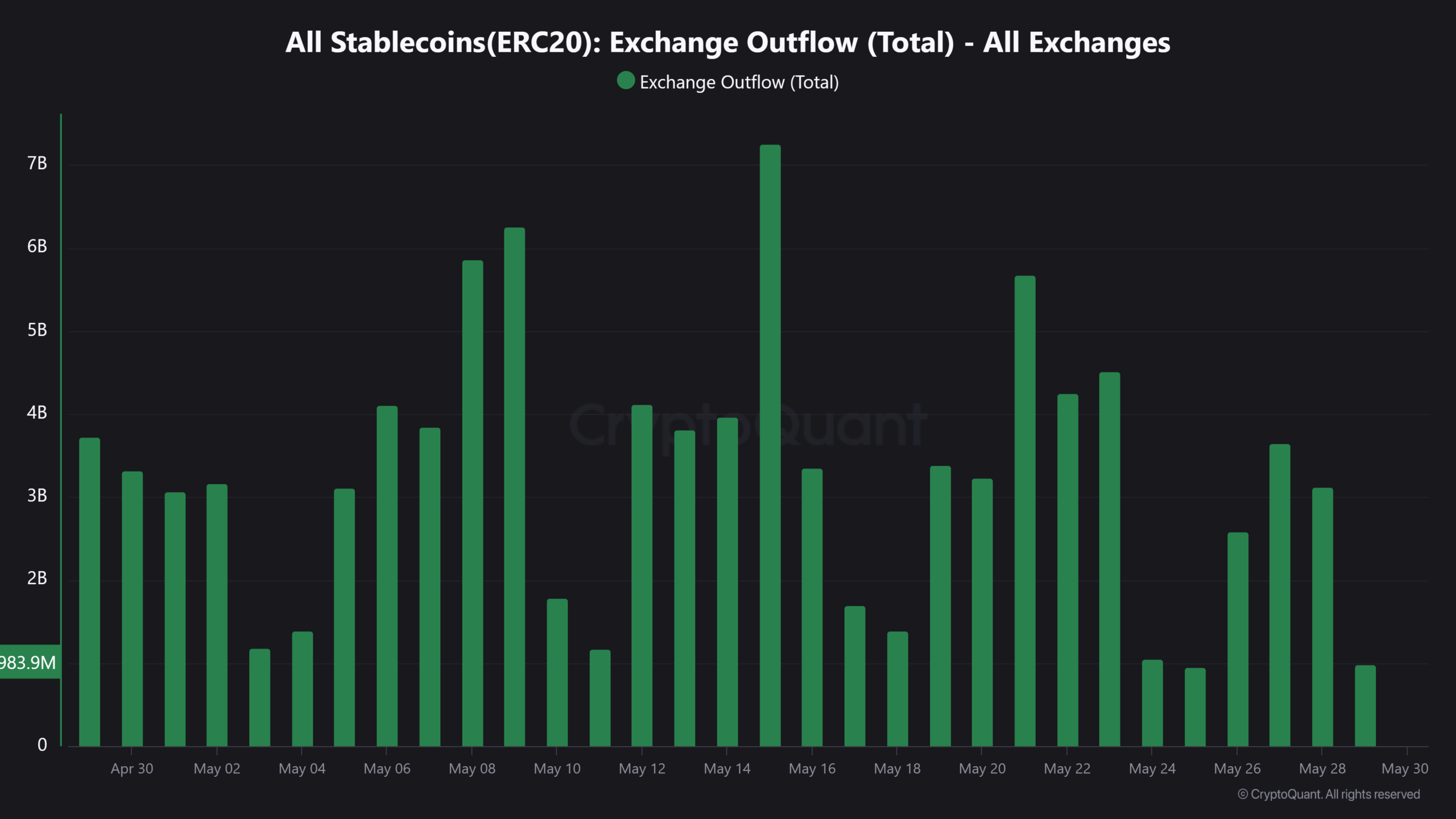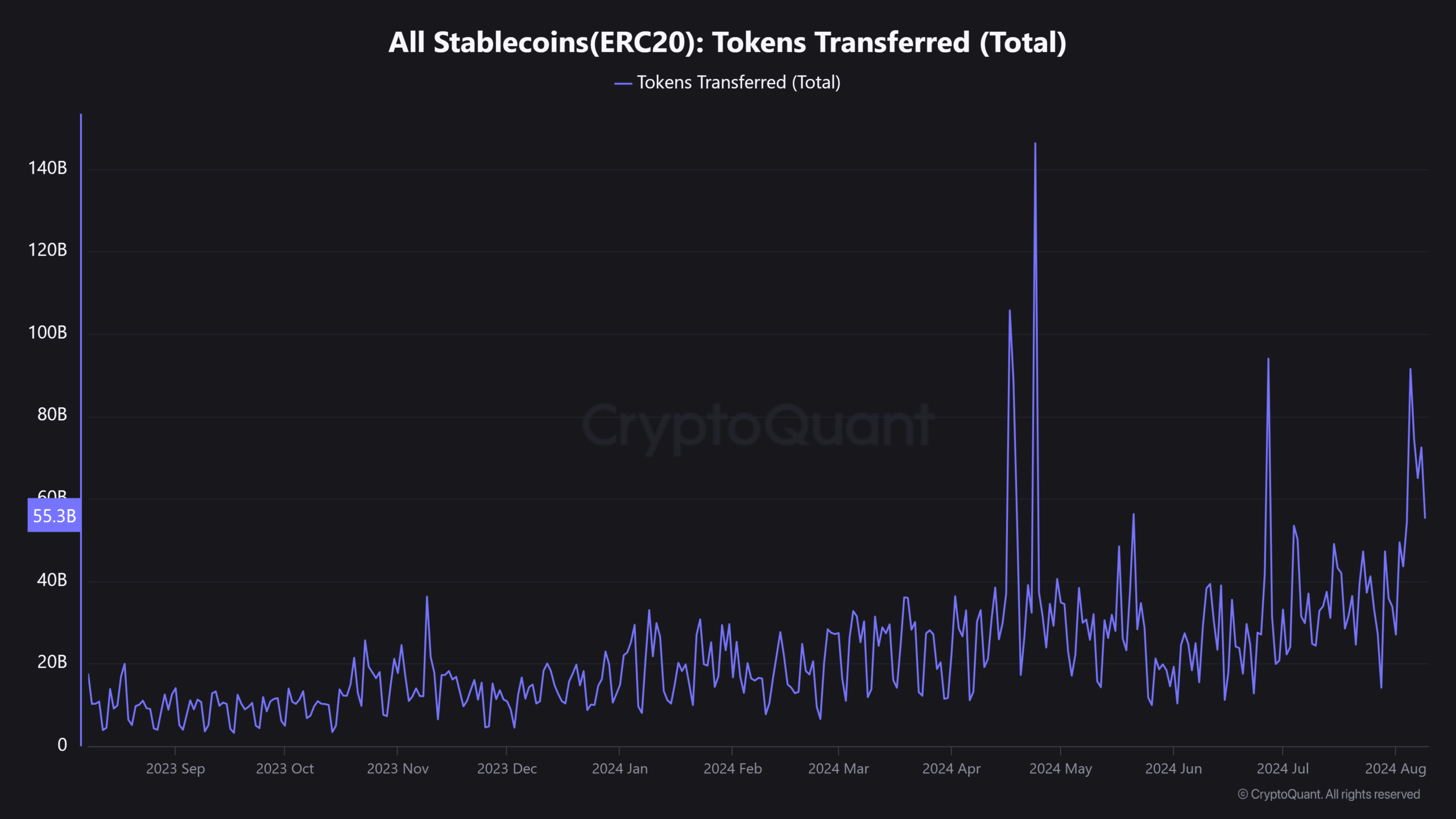The anticipated $5 billion distribution to FTX creditors marks a significant turning point in the crypto landscape, potentially reshaping market dynamics and liquidity.
-
FTX will begin a $5 billion distribution to creditors as of the 30th of May.
-
The $5 billion release could influence market liquidity, investor behavior and short-term exchange flows.
FTX is set to start paying out over $5 billion in stablecoins to creditors from the 30th of May, a major milestone in its current bankruptcy proceedings. The payout, one of the largest in crypto history, is a milestone nearly 18 months after the exchange collapsed in November 2022. Since then, FTX has been under legal scrutiny and asset recovery operations, slowly rebuilding a substantial reserve of both fiat and crypto holdings.
Now, the firm will begin compensating retail users, institutions, and trade creditors named in the bankruptcy proceedings.
What the FTX distribution means for creditors and the market
The payout will be made in stablecoins, mainly USDT and USDC, exposing creditors to highly liquid assets. The qualified parties are retail users, institutions, and other trade creditors named in the bankruptcy case. However, the payout’s implications extend beyond claimants; this large-scale distribution could catalyze ripple effects across the crypto market, impacting Stablecoin Exchange Reserves and altering liquidity patterns.
On-chain indicators show what to expect
Recent on-chain metrics reveal a noticeable slowdown of Stablecoin Exchange Outflows in the last 30 days. The introduction of $5 billion worth of stablecoins from FTX could set the reverse trend in motion. After recipients receive their portion, many will likely transfer funds to centralized exchanges, increasing Exchange Reserves and trading activity in the market.

Source: CryptoQuant
Liquidity may get a temporary boost
Throughout the FTX distribution roll-out, token transfers are likely to shoot up from the current levels. Wallet-to-exchange flow may enhance short-term market liquidity and reduce selling pressure. Investors are free to hold, trade, or re-enter the market according to their strategies. This activity can influence market sentiment, especially with the FTX payout being coupled with growing optimism in crypto.

Source: CryptoQuant
As exchange activity and on-chain flows regain steam, the industry will be closely monitoring how this capital flows—and what it signals for crypto’s ongoing recovery.
Conclusion
The impending $5 billion distribution from FTX promises to reshape the landscape for creditors and the wider cryptocurrency market. With the potential for increased liquidity and changes in market sentiment, stakeholders must remain vigilant to the implications of this capital influx. How the market responds post-distribution could provide key insights into the trajectory of crypto recovery.
